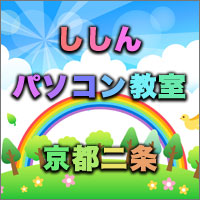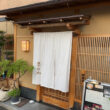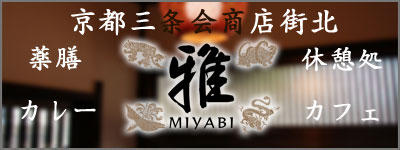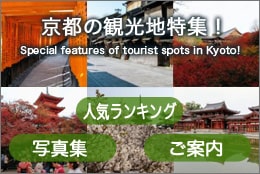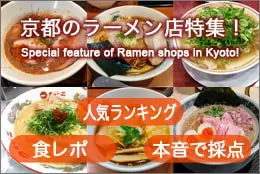Zoni with white miso in Kyoto
Posted date:2019-01-12Author:くらま天狗(Kurama Tengu) Transrator:ポンタ(Ponta)
Category:Talk about Kyoto
広告
adsense4
Happy new year! (^o^)/
Did everyone go to the New Year’s first visit?
I, Kurama Tengu caught a cold in the beginning of New Year and haven’t yet to go…
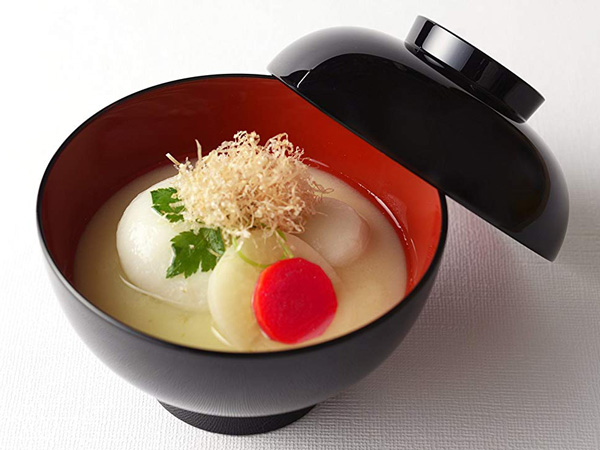
Well, I’d like to talk about the New Year dish we eat on New Year this time. I think people might know that the general households in Kyoto eat white miso ozoni on New Year. However, frankly speaking, I, Kurama Tengu disliked the taste of white miso ozoni in my childhood. I was reluctantly eating this being told that this is a lucky thing by my mother…
I wonder when it started, maybe after I became adult, that I got to feel that white mizo ozoni was more delicious than zoni of sushi soup. I noticed the tasting is a mysterious thing!
Well, for reference, I’ll explain the history of ingredients used making the white miso ozoni in Kyoto.
The ingredients used for making white miso ozoni of in Kyoto.
Ingredients for Shiro-miso Zoni in Kyoto
1.White miso
2.Maru mochi
3.Head potato
4.Kintoki carrot
5.Celebration radish
6.Soup stock made from Kombu
1.White miso
We use white miso as miso. We use much larger amount of miso than we use when making ordinary miso soup. Ozoni on New Year is also the thing that is offered to Year-old god, so white miso of the god’s preference is used, I heard.
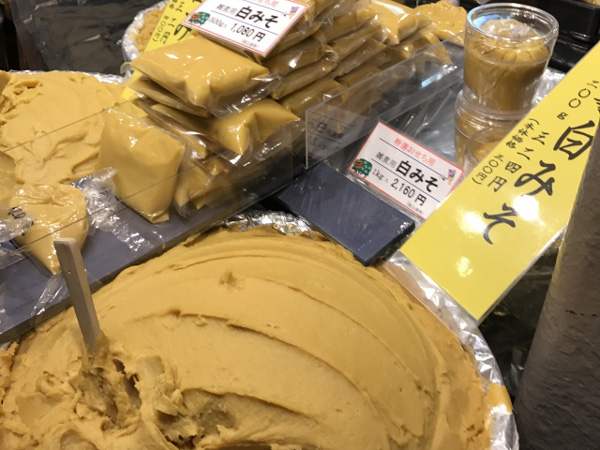
2.Maru mochi
We use maru-mochi as mochi. Mochi is said to be the food with which we wish longevity as it can extend. By making it round shape, the wish for “home peace” is included.
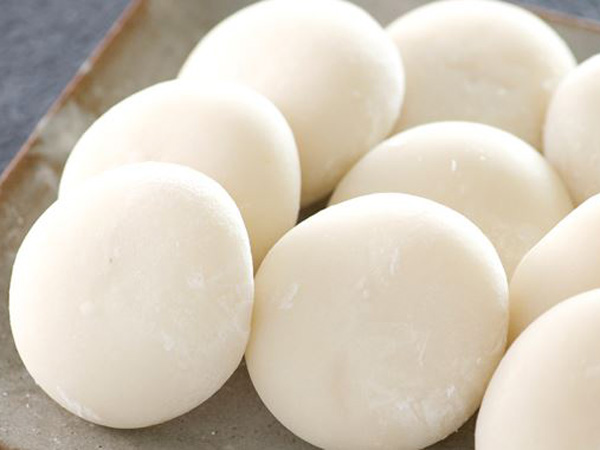
3.Head potato
In Kyoto, as head potato, we use ebi potato that is among Kyoto vegetables. We put large head potato in ozoni without making a cut. We include the wish in head potato for descendents prosperity, becoming the head that stand beyond the people. Also, as the ebi potato whose state is with bud is used, it includes the meaning of “to sprout” (sometimes we use small potato simply.)
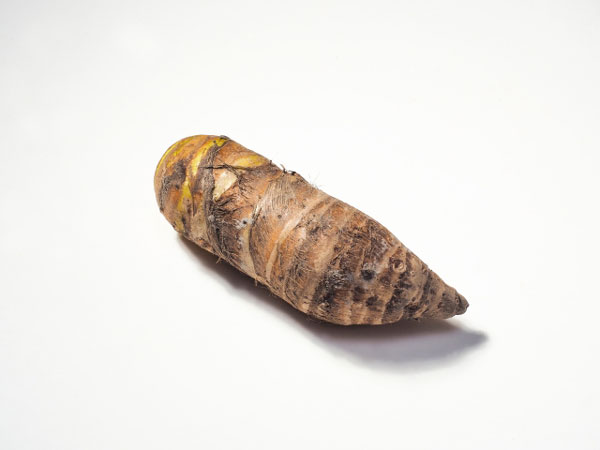
4.Kintoki carrot
We use Kintoki carrot first as vegetables. Kintoki carrot is one kind of Kyoto vegetable brands and it got its name of Kintoki Carrot because it is a red carrot like red face of Kintoki (Kintaro) Sakata. In Kansai including Kyoto people use this Kintoki carrot slice into rounds, wishing for “home peace”.
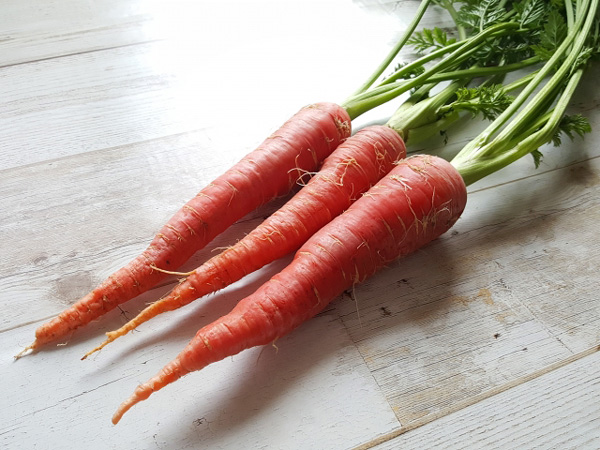
5.Celebration radish
We put in the slicely cut celebration radish. Celebration radish is species of radish of origin in Nara Prefecture and called as “Yamato vegetables”. It is said to lead to “home peace” as its transparent white skin, “thin and long” state, the round shape of cut when it is slice into rounds.
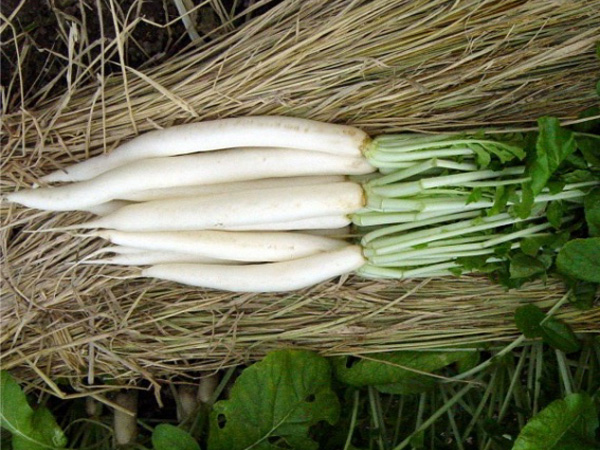
6.Soup stock made from Kombu
We take the dashi stock with kelp. As Ozoni is the offering to Toshigami, we don’t take the dashi stock with fishy fish that the god dislike, only to take with kelp, and we eat Ozoni putting filamentous skipjack on just before eating it.
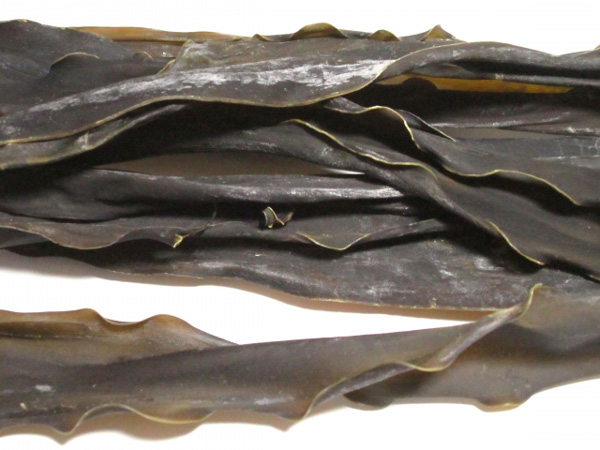
Summary
How was this? I think you understood that white miso ozoni in Kyoto use the ingredients that are included various wishes. In the season of New Year Eve every year, there are foodstuff for the New Year days at the supermarket or in the shopping district. I think how about you especially living in Kyoto trying white miso ozoni with this as a starting point. (^_^)
Author
くらま天狗(Kurama Tengu)
Born and raised in Kyoto.
I like B-class gourmet food, and my favorite is Tenkaippin Ramen. (^o^)
I am good at making homepages and many other things.
